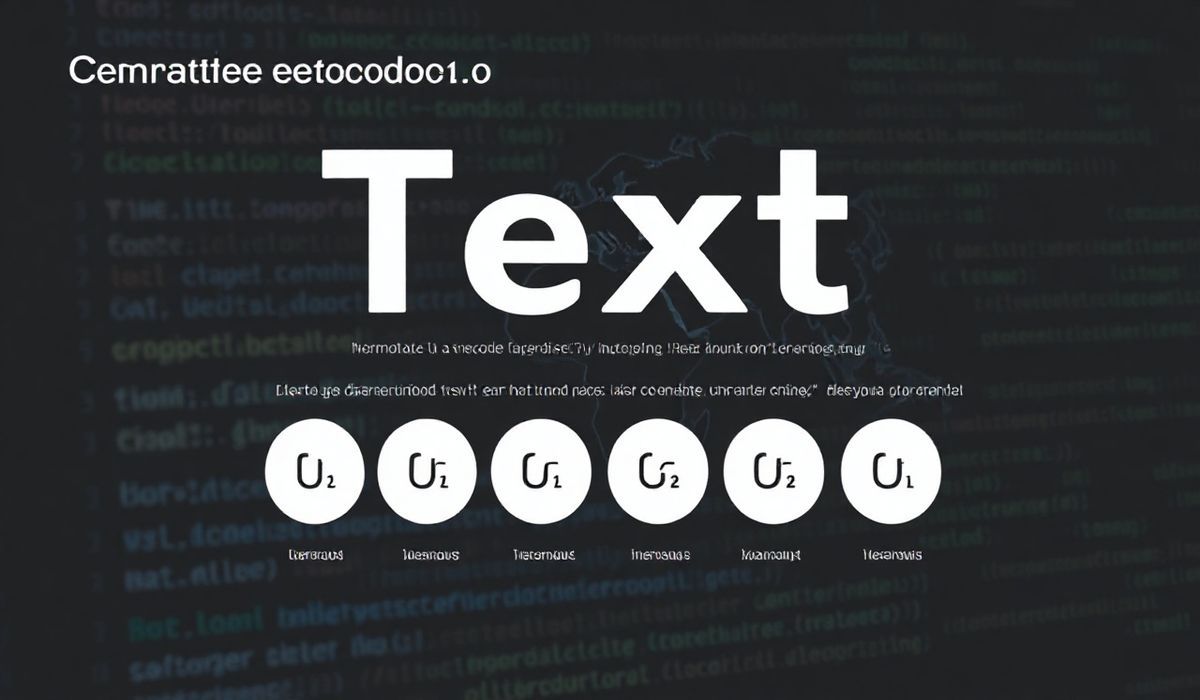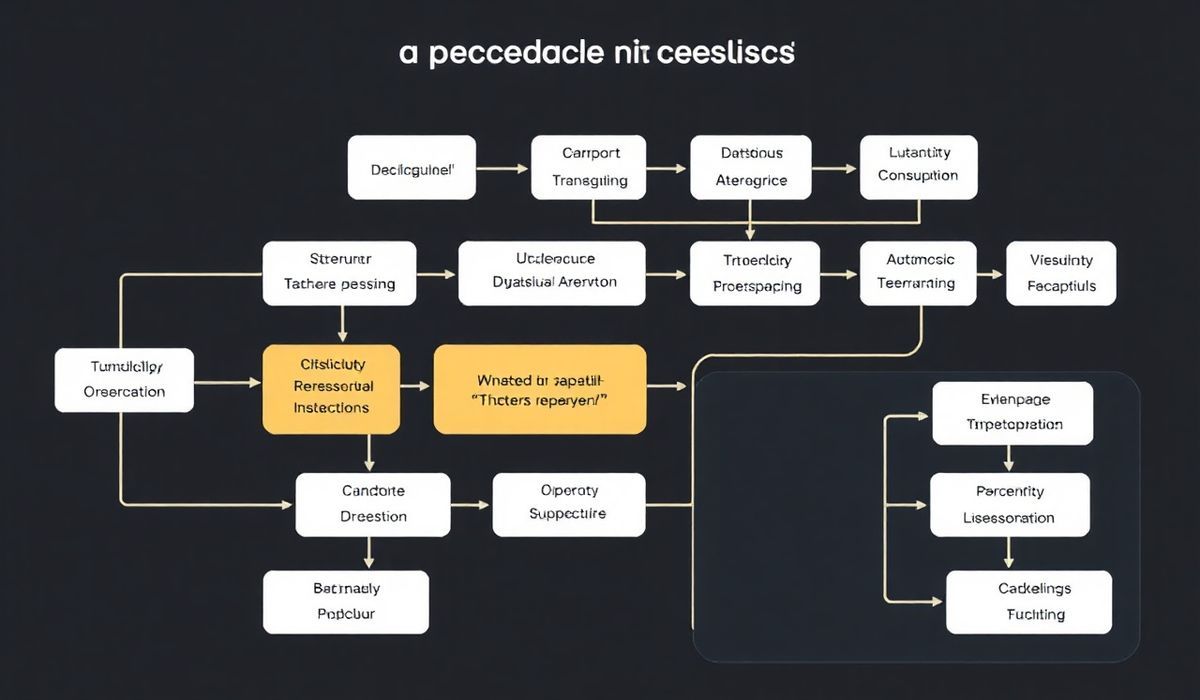Introduction to Charset Normalizer
Charset Normalizer is a Python library designed to assist developers in detecting and normalizing text encodings. In an ever-globalizing world, handling varied text encodings efficiently is crucial for robust software applications. This library fills the gap by providing high-quality methods for determining character encoding and seamlessly converting text into Unicode. Whether you’re scraping web data or handling legacy text files, Charset Normalizer is the perfect tool for your project.
Key Features of Charset Normalizer
- Detects character encodings with high accuracy.
- Supports a wide range of encodings from legacy to modern Unicode standards.
- Provides APIs to easily convert text to Unicode.
- Agile and lightweight library requiring minimal code overhead.
How to Install Charset Normalizer
To get started with Charset Normalizer, you can install it using pip:
pip install charset-normalizer
Working with Charset Normalizer APIs
The library includes several useful APIs to handle text encodings in Python. We’ll go over some of the common use cases below:
Example 1: Detecting Encoding of a Text File
from charset_normalizer import from_path
result = from_path('example_file.txt')
print(result) # Displays detected encodings and confidence levels
best_guess = result.best()
print(best_guess) # The best identified encoding
Example 2: Normalizing Text Data
If you want to normalize a text into Unicode, Charset Normalizer makes it easy:
from charset_normalizer import from_bytes raw_data = b'Text with unknown encoding' result = from_bytes(raw_data) best_normalized = result.best() print(best_normalized) # Outputs normalized Unicode string
Example 3: Handling Encodings from Web Scraped Data
import requests
from charset_normalizer import from_bytes
response = requests.get('https://example.com')
detected_data = from_bytes(response.content)
print(detected_data.best())
Example 4: Using Charset Normalizer as a Command Line Tool
Charset Normalizer also provides a command-line utility:
# Detect & normalize encodings of a file python -m charset_normalizer example_file.txt
Building an Application Using Charset Normalizer
To demonstrate the practical utility of this library, here’s how you can integrate Charset Normalizer into a file processing app:
from charset_normalizer import from_path
def normalize_file(file_path):
result = from_path(file_path)
best_normalized = result.best()
with open('normalized_output.txt', 'w', encoding='utf-8') as f_out:
f_out.write(str(best_normalized))
# Use the function
normalize_file('input_file.txt')
In this app, a text file is analyzed for encoding, normalized into UTF-8, and then saved to a new file.
Conclusion
Charset Normalizer is an invaluable tool for Python developers working with text data across diverse sources and encodings. With its robust features, intuitive API, and efficient performance, it makes handling text encodings far easier and reliable. Whether you’re building data pipelines, processing user-generated content, or scraping the web, this library can be a game-changer for your projects.
Start exploring Charset Normalizer now and let us know how you’re using it in your projects!




